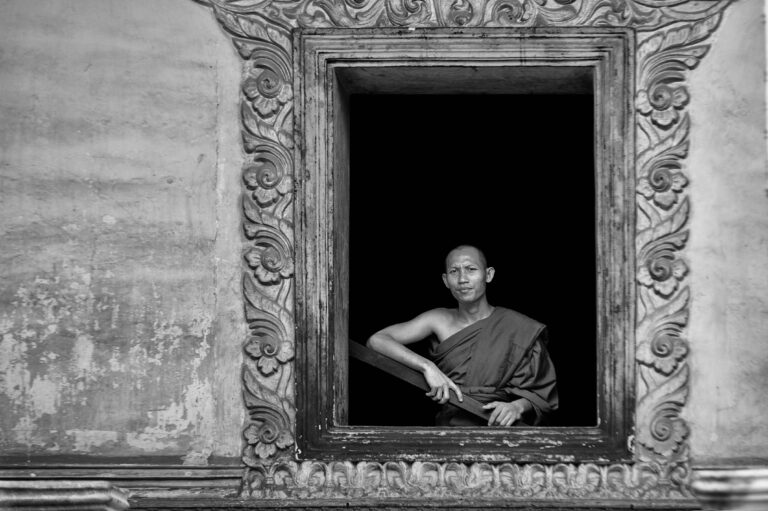Here are some tips to start making your photos look even better
Tip 1 - Know your EquipmentBefore you start taking pictures, it’s important to familiarize yourself with your camera and its basic functions. Learn how to set shutter speed, aperture and ISO sensitivity here is just a quick introduction of the 3 of them
These 3 settings can change completely your photography, so start getting to know your camera and you will be able to use it to the fullest
- Shutter speed: As its name suggests, shutter speed is how quickly the shutter closes. A fast shutter speed lets in less light, while a slower one lets in more. Shutter speed also affects motion. A quick shutter speed captures crisp, clear images — such as in sports photography — and a slower shutter speed can introduce blur (intentional or otherwise).
- ISO: This setting adjusts light sensitivity to help you achieve the right exposure. Less light is let in with lower ISO settings, while the reverse is true for higher settings.
- Aperture: This setting also controls how much light the camera allows in. Smaller apertures let in less light, while larger ones let in more. Because aperture affects depth of field, it is the key to getting a wide variety of specialized effects, such as bokeh or macro shots.

Tip 2 - Find the right lightLight is one of the most important aspects of photography. Always look for natural light, either outdoors or near a window.
Light is one of the most important elements in photography, because without light we would not be able to capture images. Light is essential to define the shape, color, texture and depth of a photograph.
First of all, light is important to illuminate the subject or scene we want to photograph. Good lighting brings out the details and creates the right mood to convey the message we want to convey with our photograph.
Light also directly affects the color of a photograph. Depending on whether the light is natural or artificial, its tonality can vary, affecting the appearance of the colors in the image. Warm light can convey a sense of warmth and comfort, while cold light can create a colder, more distant atmosphere.
In addition, light creates shadows and highlights the textures of objects. A sidelight or contrasting light can create interesting shadows that help define the shape and depth of the image. On the other hand, a soft, diffused light can help highlight textures and eliminate harsh shadows.
The direction and angle of light are also important in photography. Depending on its position, light can provide a flatter or three-dimensional look to an image. A frontal light is usually flatter and less dramatic, while a side light or a contrasting light can create a more interesting and visually appealing look.

Tip 3 - Think about the compositionComposition plays a vital role in photography as it determines the visual arrangement of elements within the frame, making or breaking the overall impact of an image. Here are some key reasons highlighting the importance of composition:
- Visual Impact: A well-composed photograph captures the viewer’s attention and creates a lasting impression. It helps deliver a clear message or evoke an emotional response by guiding the viewer’s eyes through the image and highlighting the main subject.
- Storytelling: Composition enables photographers to tell a story within a single frame. By carefully placing various elements, such as foreground, background, and subject, photographers can convey narratives, evoke moods, or capture significant moments.
- Focus and Emphasis: Effective composition draws attention to the main subject, ensuring it stands out from the background noise. It allows photographers to guide the viewer’s eye towards specific areas or elements, emphasizing the intended message or capturing the essence of the scene.
- Balance and Harmony: Composition helps achieve a visually pleasing balance within the frame. By considering factors like symmetry, rule of thirds, or leading lines, photographers can create a harmonious arrangement of elements that reinforces the overall aesthetic appeal.
- Creativity and Expression: Composition offers photographers a medium for creative expression and individual style. By experimenting with different angles, perspectives, and framing techniques, photographers can showcase their unique vision, making their photographs stand out from others.
- Simplification and Clarity: Through composition, photographers can simplify complex scenes, eliminating distractions and focusing on the essential elements. This aids in creating clear, compelling images that effectively communicate the intended message.
- Visual Interest and Engagement: Strong composition holds the viewer’s attention and encourages them to explore the photograph. By using techniques like leading lines, patterns, or repetition, photographers can create visually interesting images that captivate the viewer.
Overall, composition is crucial in photography as it helps photographers create compelling, impactful, and visually pleasing images that effectively communicate their message or vision. It allows them to guide the viewer’s attention, tell stories, and evoke emotions, making it a fundamental aspect of the medium.




